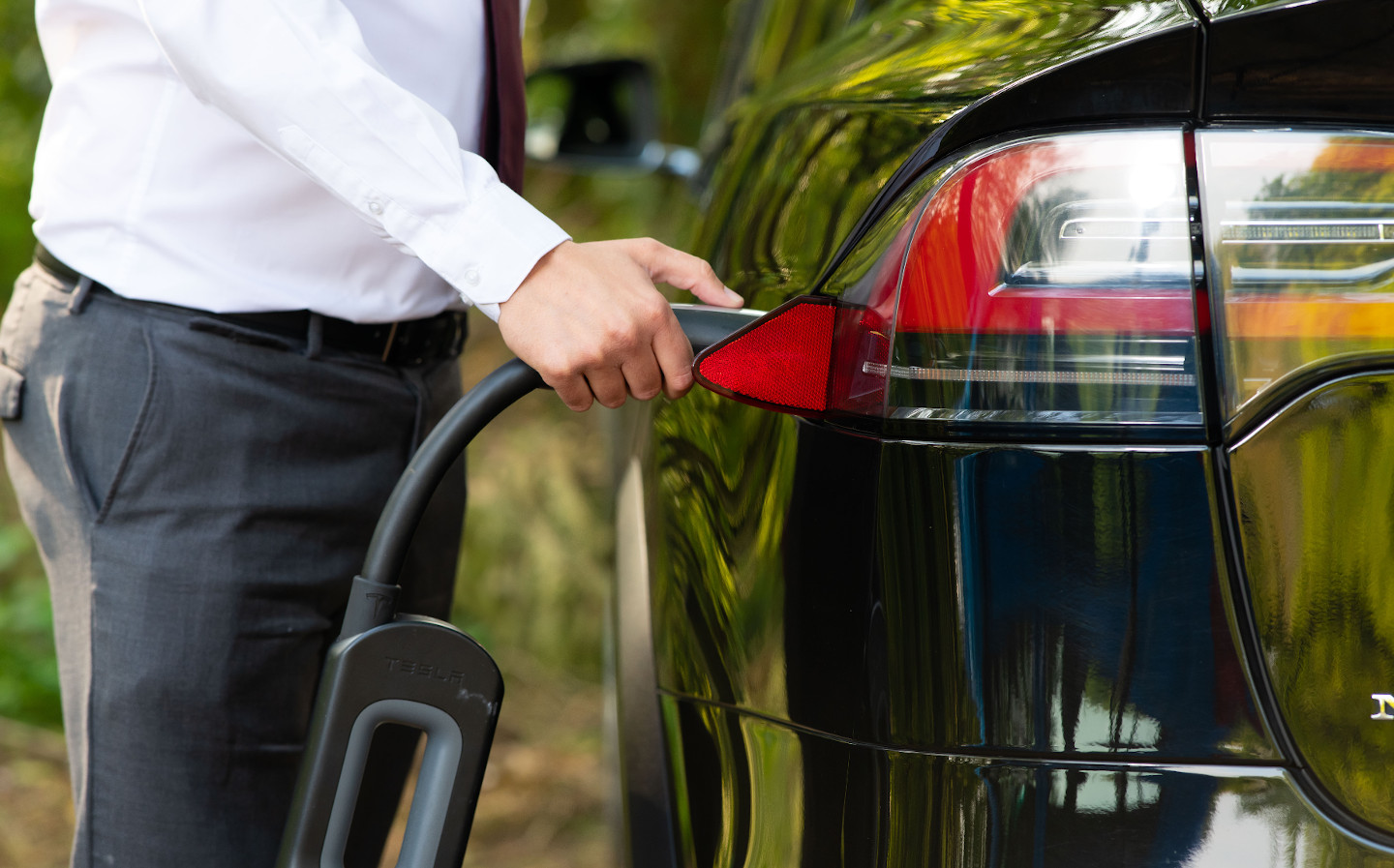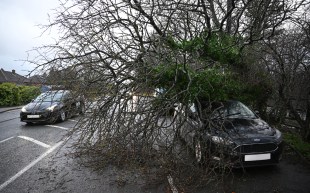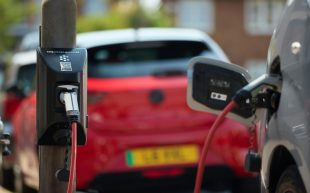How long does it take to charge an electric car?
Watt’s the word on the street
One of the aspects of electric vehicle ownership that might be deterring potential buyers is the fact that it’s not as simple or quick to charge an EV as it is to fill a combustion-engined vehicle with fuel. However, breakthroughs in technology mean that charging speeds are improving all the time, and bigger, more efficient batteries are able to offer longer driving ranges in the latest EVs, so owners will be stopping less often and for shorter periods, to charge their electric cars.
It still takes longer to recharge an EV than it does to fill up petrol or diesel model, but if your EV can travel 200 miles between charges, then that’s going to be a longer distance than most people are likely to cover in one sitting at the wheel of a car anyway. And if you are travelling long distances such as that, then you’re most likely to be doing it on the motorway, where service stations now feature some of the fastest charging facilities available, so you can easily combine a recharge with a rest stop on your trip and add plenty of energy to your EV’s battery.
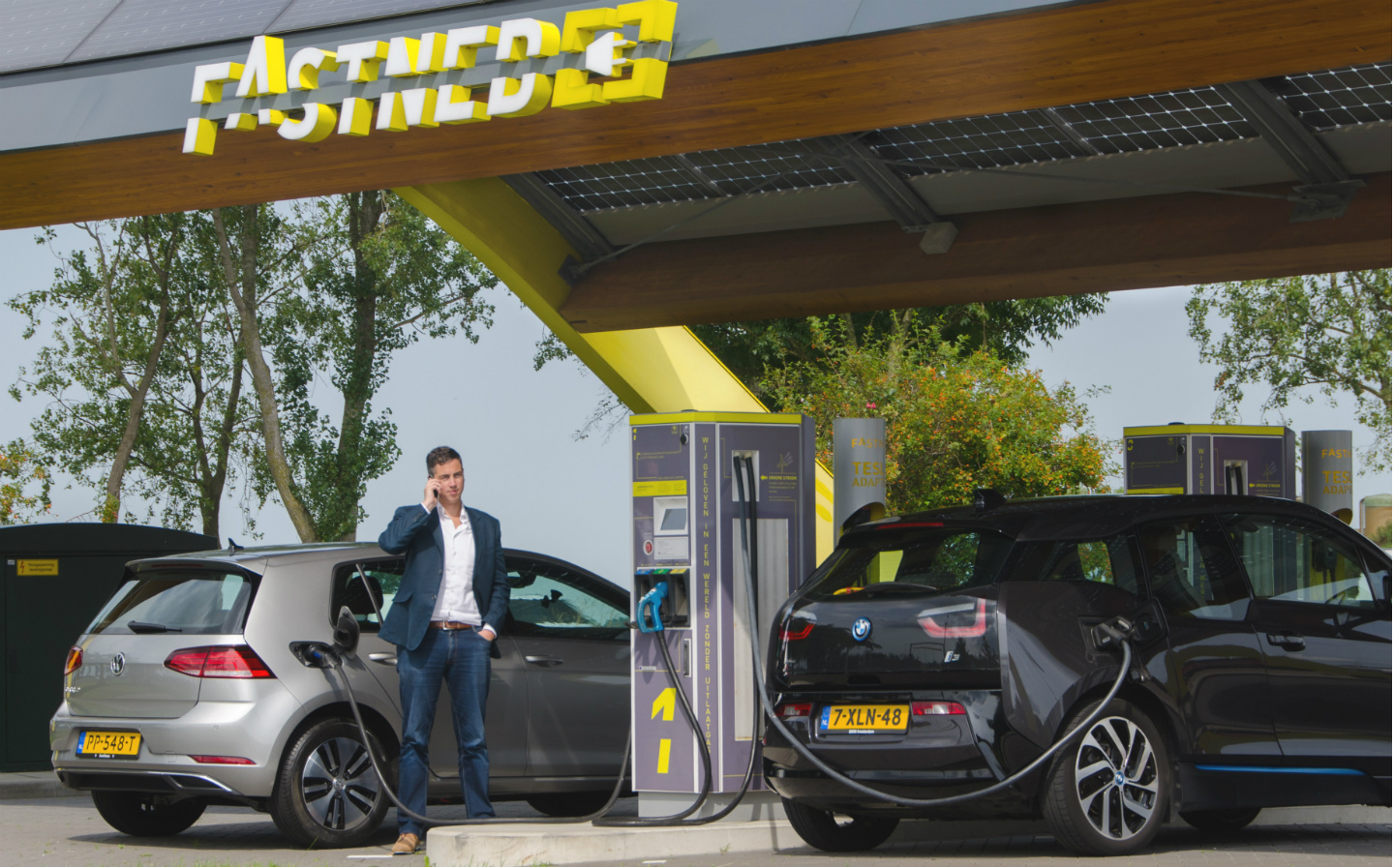
That’s enough with the hypotheticals for the moment; what exactly is on offer in terms of charging? We’ll start with the fastest charging options of all.
Rapid charging
High-power rapid charging does exactly what it says, offering fast charging that uses a powerful source to replenish an EV’s battery as quickly as possible. Power sources above 50kW are considered rapid, while the most powerful ultra-rapid chargers in the UK can charge at up to 350kW. Speeds are set to go faster still, and the 500kW benchmark will be broken in the next year or so.
Due to the chemical composition of EV batteries, it’s not possible to charge them to full at the fastest charging speeds, and all electric cars slow down their charging rates as a battery charges and approaches 80 per cent state of charge (SOC). As a result of this, and the fact that different cars have different battery sizes, charge point manufacturers like to state the speed at which range is replenished instead, though obviously that figure varies by car and how efficient it is. The fastest 350kW chargers in the UK are claimed to add 62 miles of range to a battery in three minutes, while the fastest rates anywhere in the world are in Norway, where Tesla has started to upgrade its Supercharger network with 615kW power.
There’s a limit to how much charging power that an EV can accept, and it’s only the most expensive, premium EVs that have the fastest on-board charging tech in the 200-300kW range that can accept these fast rates. More common is 50kW charging hardware under the bonnet, which can at least take advantage of rapid charging that can add around 100 miles of range in just over half an hour. Many newer cars are launching with the capability to accept over 100kW of charge.
A Nissan leaf’s maximum charging speed is 50kW, using a DC charger (with a ChaDeMo connector instead of the CCS connector that has been made the European standard), and can be topped up to around 80 per cent capacity in under an hour.
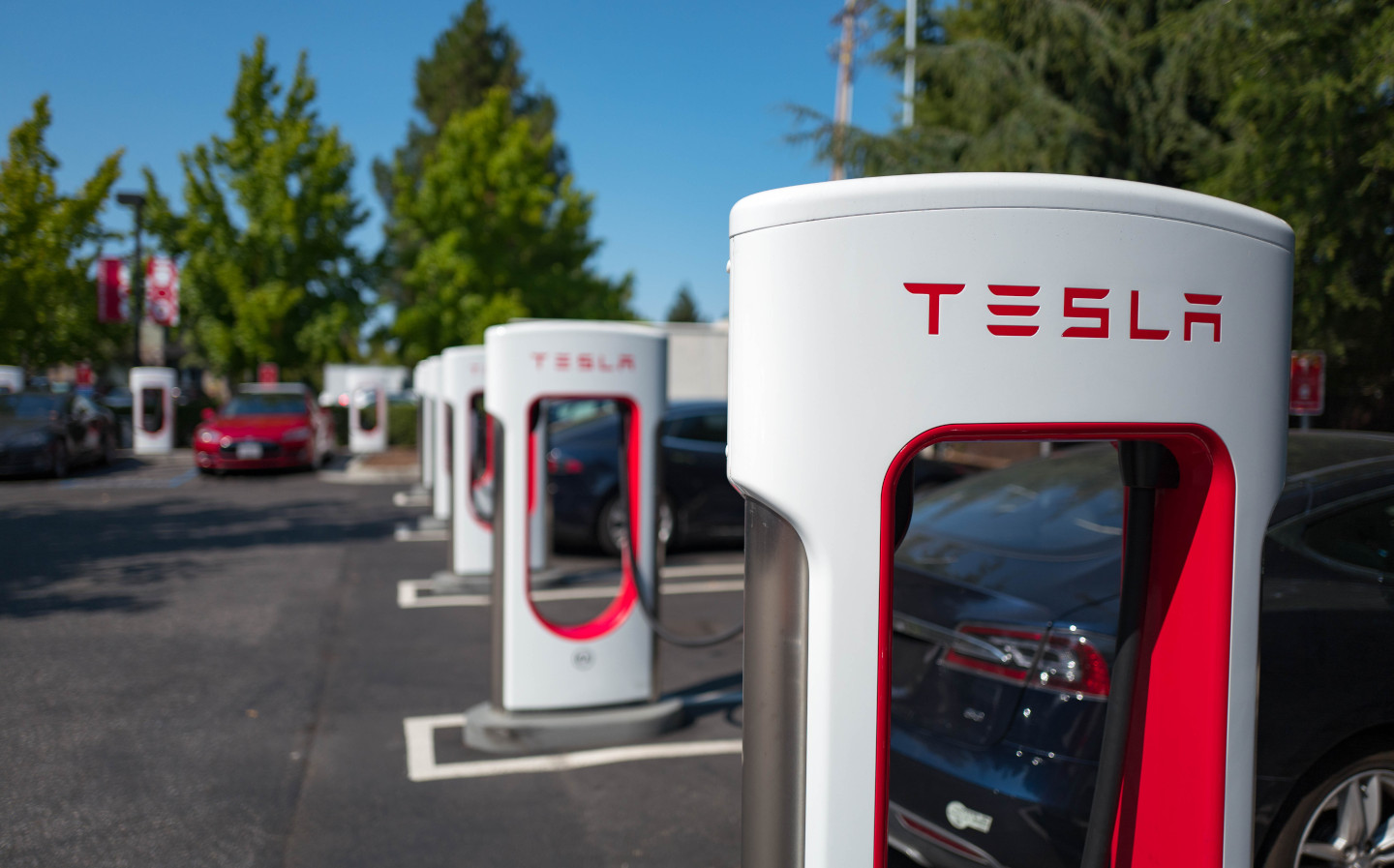
More expensive cars with bigger batteries tend to feature faster charging capability. One of the major selling points of Tesla cars, for example, is their access to the Tesla Supercharger network, which are capable of charging at up to 250kW, and cars can be preconditioned to charge at the maximum rate sooner as you approach a Supercharger using built-in navigation. Tesla claims its V3 Superchargers can work at speeds of up to 1,000 miles per hour.
The Porsche Taycan and Audi e-tron can manage 270kW charging, while the upcoming Lucid Air can support charging of up to 300kW.
Without the capability of ultra-rapid charging, vehicles with substantially bigger battery packs would simply take too long to recharge. But with these ultra-rapid charging capabilities, it’s possible to recharge a long-range 100kWh battery from 10- to 80 per cent quicker than a 50kWh battery with a slower charging speed.
Public charging
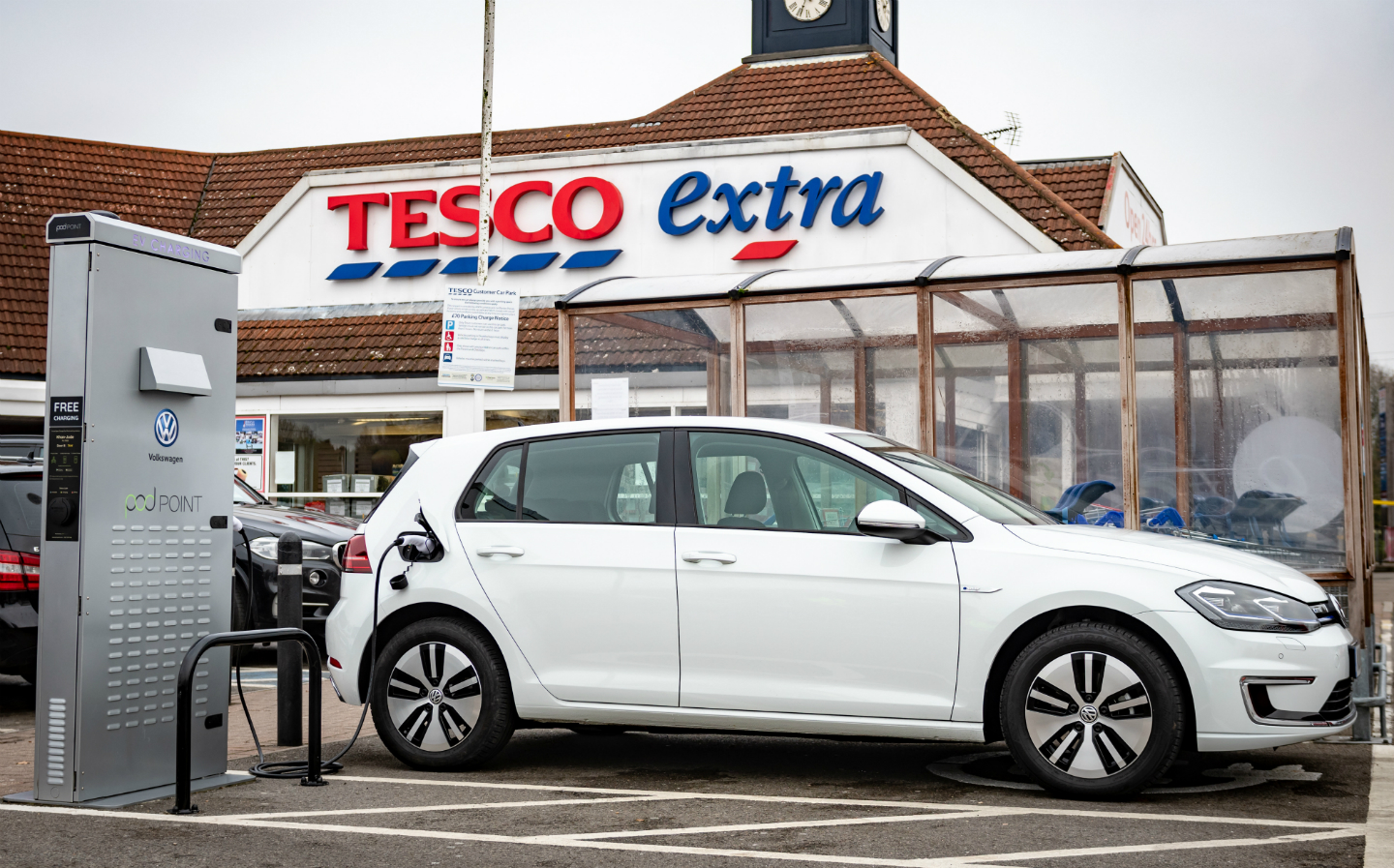
The main difference between home charging and public charge points is that most of the public versions deliver DC – or direct current – electricity, so they can provide faster charge rates than a domestic supply, which is AC – alternating current. While some older public supplies – such as those at supermarkets – will provide an AC charging rate of 7.4kW, the latest standard is 22kW, which offers a useful amount of power for when an EV is parked up for a day out. Again, not all EVs can accept 22kW AC power. Almost all can take 7.4kW, and many can take 11kW of AC power, but 22kW is less common.
You can expect a 22kW charger to add about 90 miles of range in an hour, although again when the battery is reaching full, the charge rate will slow so as to not damage the battery.
Wallbox charger
If you buy an EV, there will usually be an incentive to get you to add a home wallbox charger, too. These are wired separately from the rest of the house on their own circuit, so as to not damage the rest of the house if something goes wrong, and this also means that charging rates can be boosted, too.
A home wallbox is an AC output, and on a single-phase supply there’s a maximum possible 7.4kW on offer. As you might expect, this charging rate is slower still, with around 30 miles of range added per hour depending on the car. That means a 50kWh battery will take roughly seven hours to go from flat to full. That might seem like a long time, but if you’re one of the 55 per cent of households that has off-street parking – and an accessible power supply – then it will be simple enough to keep the battery recharged overnight while parked.
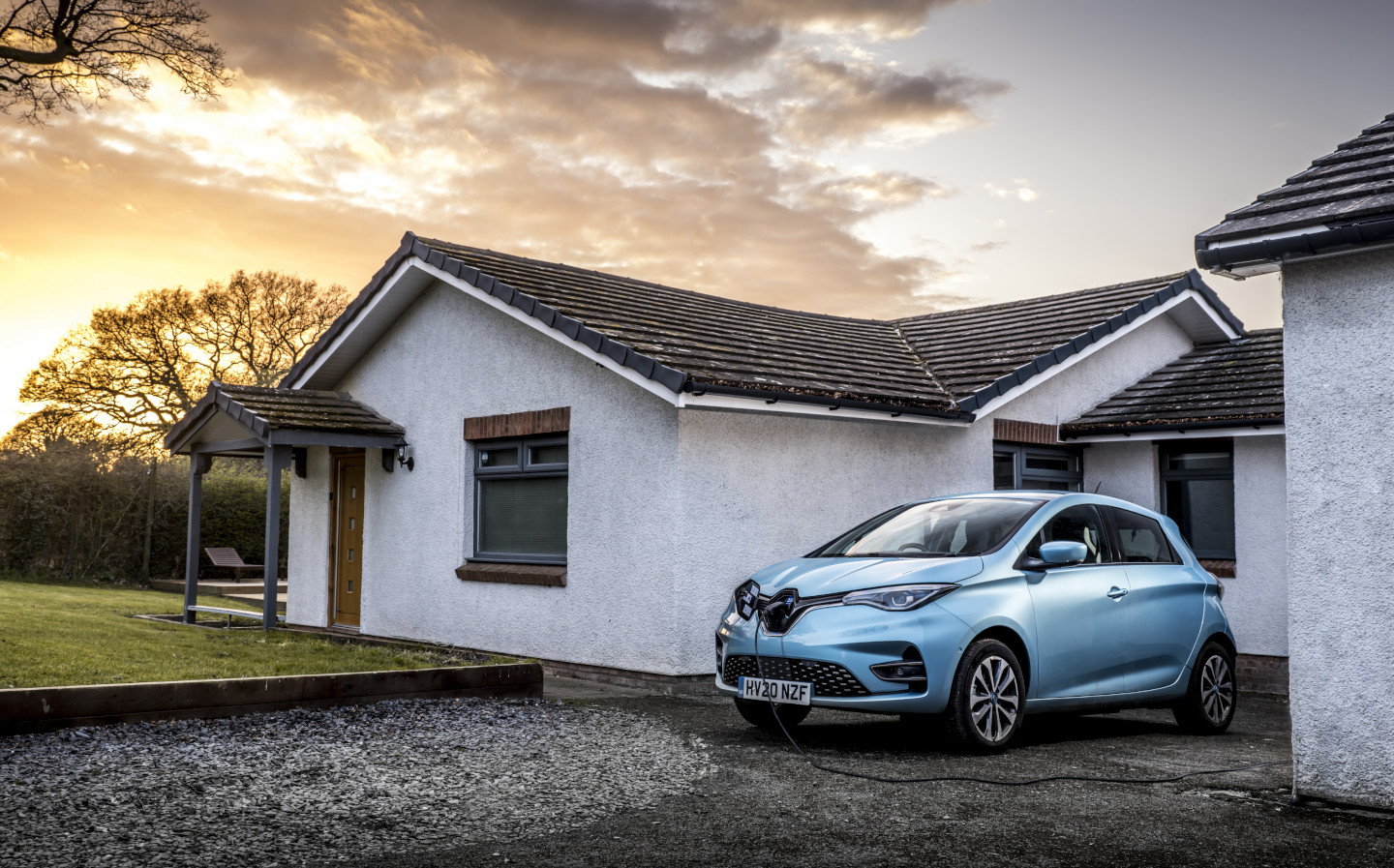
If you’re located near an electricity substation, or can afford to have a new feed added to your house, another option is to get a 11kW three-phase wallbox fitted to your home, giving you the luxury of faster home charging. Up to 22kW is also possible, but it can be hugely expensive.
Domestic plug socket
At the extreme end of the spectrum, it’s still possible to charge an EV from a domestic three-pin plug socket, but it’s not recommended. It’s very slow by comparison to other methods, and only really suitable for trickle charging. You’ll only be charging at a rate of around 3kW, so even a modest 50kWh battery will take over 12 hours to charge, while the largest 100kW packs will take more than a day to go from flat to full.
The only time you should consider this type of charger is if you’re in desperate need – there won’t be any damage to the battery, but unless you’re using an approved mains adapter, there is a risk of fire and overloading your home electricity supply.
It’s important to say here that most experts don’t recommend using domestic three-pin sockets not only because they’re slow, but also because they may not be designed to handle a sustained charge at the full 13 amps. Inadequate wiring could lead to overheating, melting wires and, in a worst case scenario, fire. If you must use a three-pin socket, be sure to have it checked out by a qualified electrician.
Does battery size matter?
Of course, at a constant flow rate, the bigger the battery the longer it’ll take to refill. At 7.4kW charging it’ll take nearly twice as long to recharge a 100kWh battery as it will a 50kWh item.
Long range EVs need bigger batteries to avoid the driver having to stop to recharge too frequently. But cars designed for use in city and suburban environments don’t need or have the room for big batteries, and so car makers will fit smaller battery packs. This has the advantage of keeping costs and weight down to a minimum.
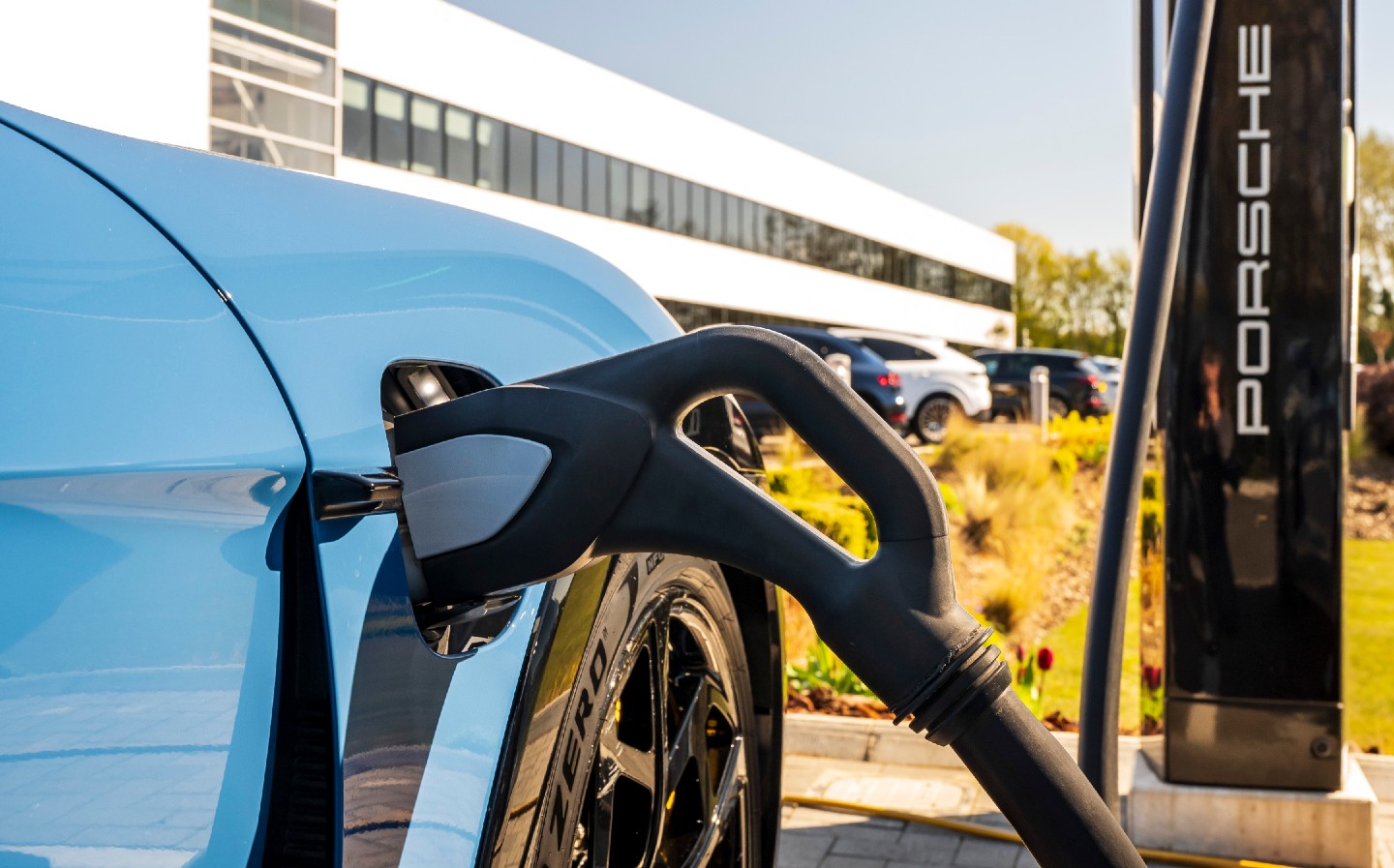
It also means that a 50kW maximum charging speed is deemed sufficient for a smaller EV, such as a Honda e, which comes with a 35.5kWh battery, or Mini Electric, which has a 32.6kWh pack and can be charged fully in around an hour, or taken to 80 per cent in about 30 minutes. Click here to see how we got on with a Mini Electric over an extended six month test, charging only using the public network.
At the other end of the scale, the expensive and advanced Mercedes EQS uses a 107.8kWh battery pack. Its owners will expect it to be capable of long-distance cruising and so it requires ultra-rapid charging capability.
The average battery size for an electric car on the UK market is around 55-60kWh.
How much range will I get from a charge?
That depends on the battery size, the efficiency of the car’s powertrain and a number of other factors including how fast you’ll be driving, the ambient temperature and more.
If you fully charge the Mini Electric’s 32.6kWh battery you will get an official 141 miles of driving out of it, though if you’re using the car on motorways and A-roads, you may find you need to plug in again after less than 100 miles. Drive only in the city, at lower speeds and you’ll be able to get close to the official range, and maybe even beat it.
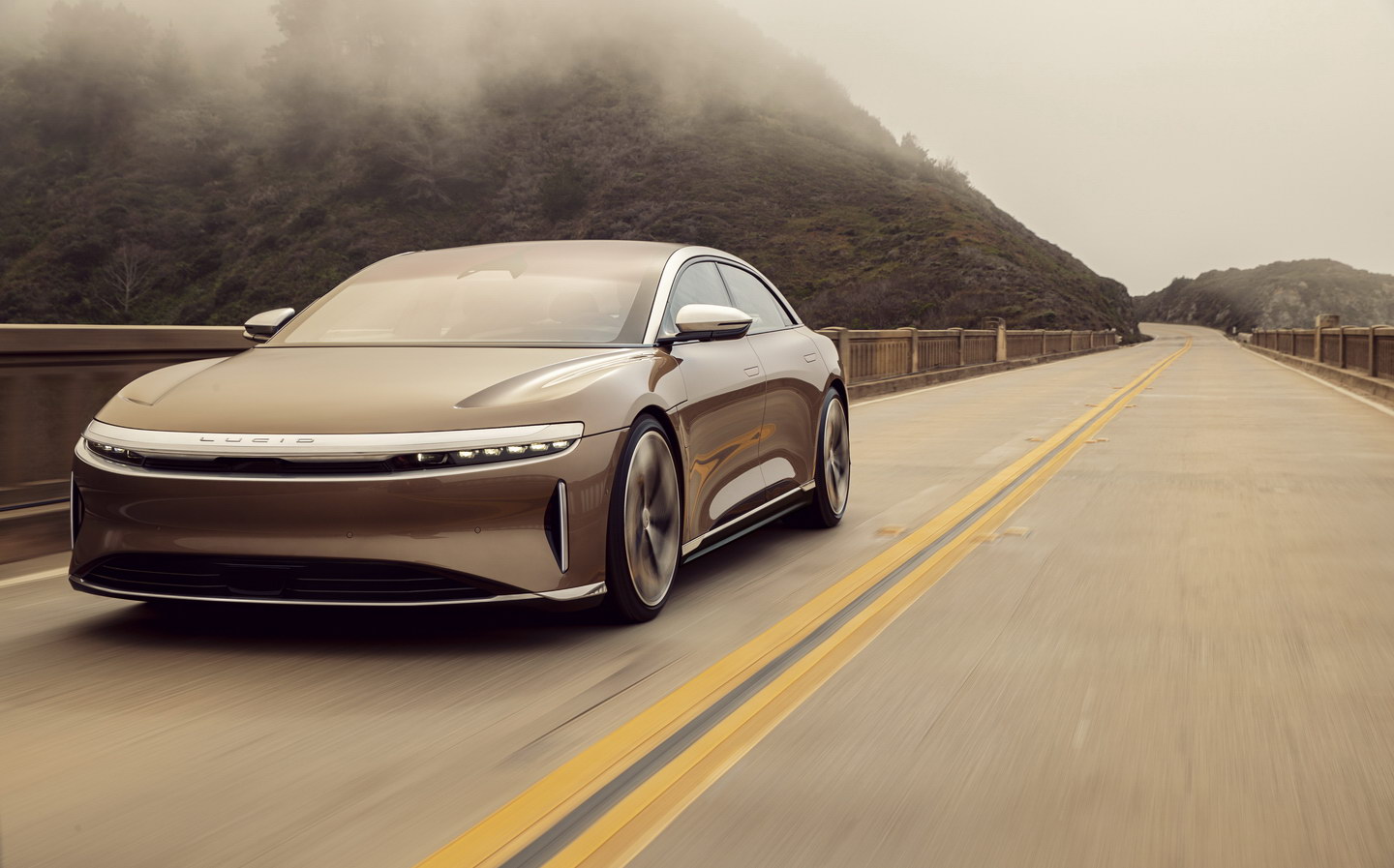
A Lucid Air (above) is rated in the USA as having a range of up to 520 miles per charge, which makes it the longest-range EV to date. It also has high-voltage charging capability and can potentially add 300 miles in just 20 minutes.
Related articles
- If you found our guide on how long it takes to charge an electric car useful, you might also be interested to hear how much does it cost to charge an electric car?
- And don’t miss Porsche Taycan GTS on track: the new benchmark for electric drivers’ cars?
- Car makers’ electric vehicle plans – a brand-by-brand guide
Latest articles
- Omoda 5 prototype review: Bargain family SUV is solid first effort for new Chinese brand
- Dacia Duster 2024 review: Rugged, affordable SUV modernised with electrification and quite the glow up
- Audi A3 Sportback 2024 review: Softly, softly, catchy premium hatchback buyer
- New electric-only Mini Aceman fills gap between Mini Cooper hatch and Countryman SUV
- Tesla driver arrested on homicide charges after killing motorcyclist while using Autopilot
- Porsche Macan 2024 review: Sporty compact SUV goes electric, but is it still the class leader for handling?
- F1 2024 calendar and race reports: What time the next grand prix starts and what happened in the previous rounds
- Aston Martin DBX SUV gets the interior — and touchscreen — it always deserved
- Nissan unveils bold look for updated Qashqai, still made in UK


